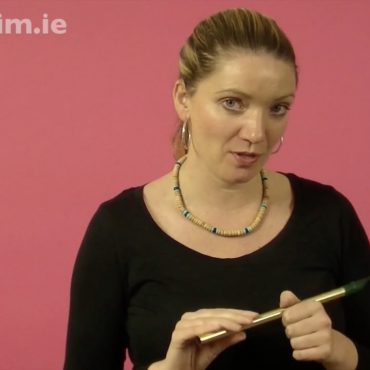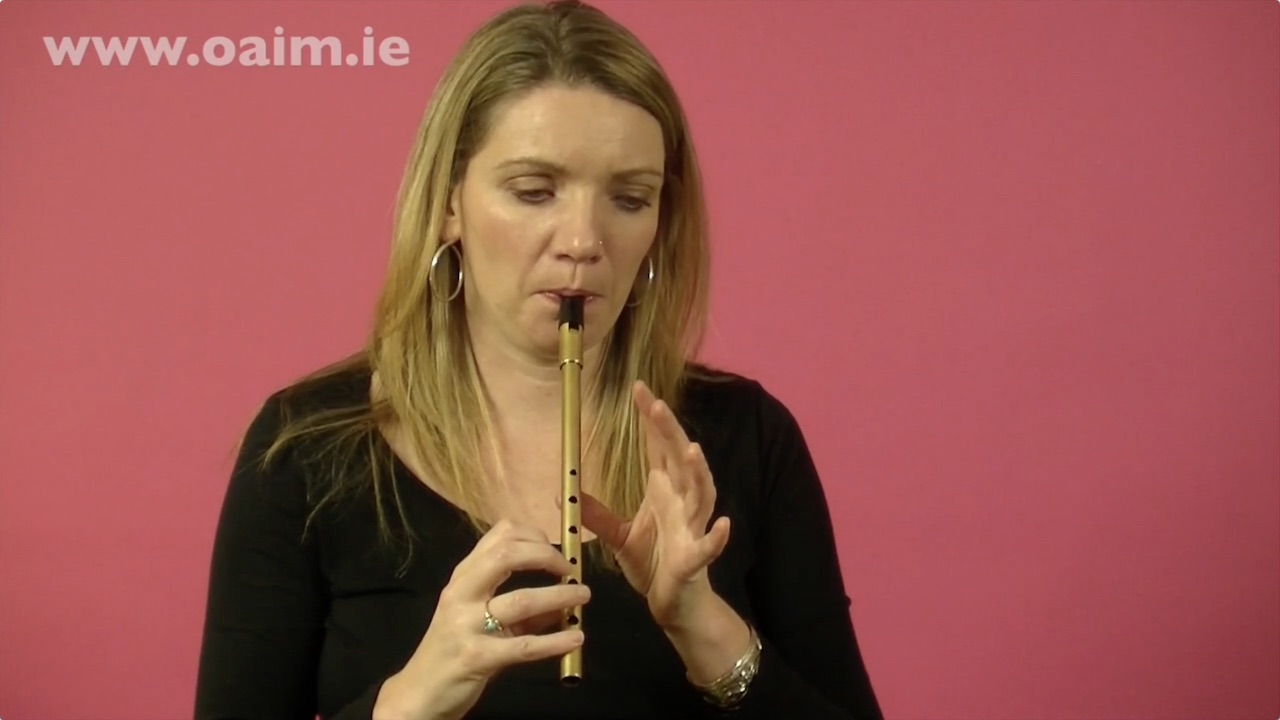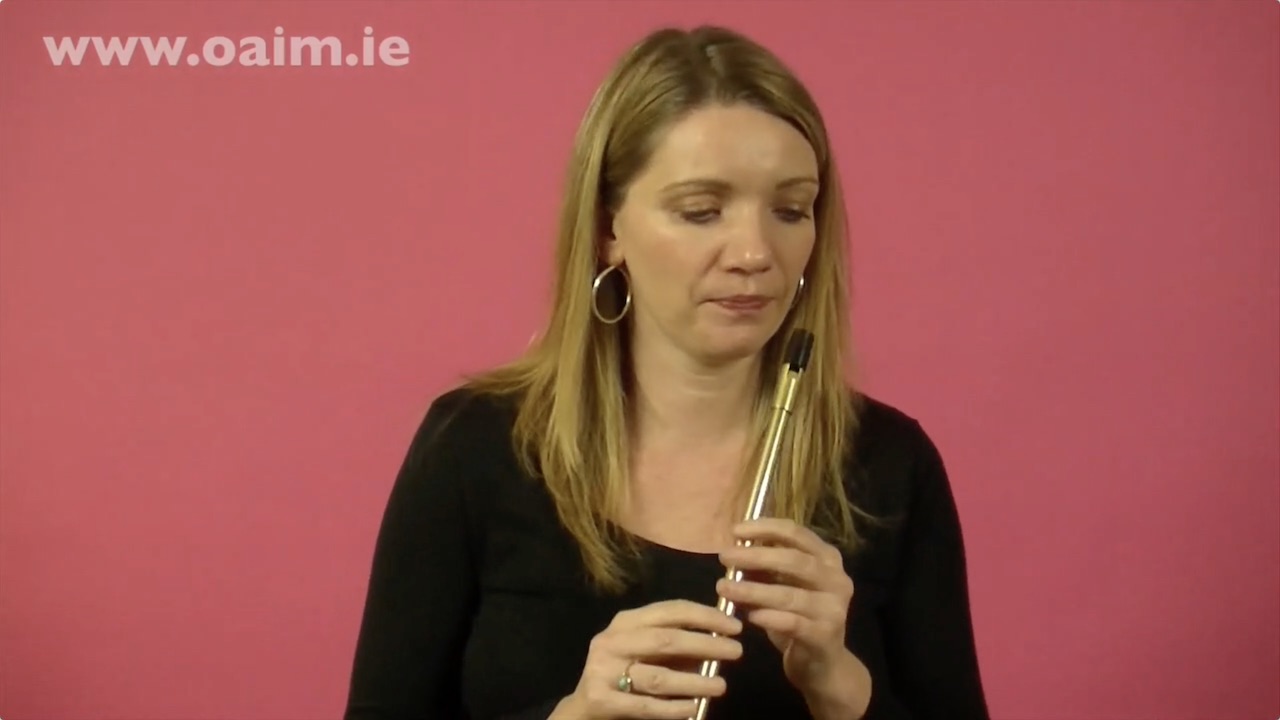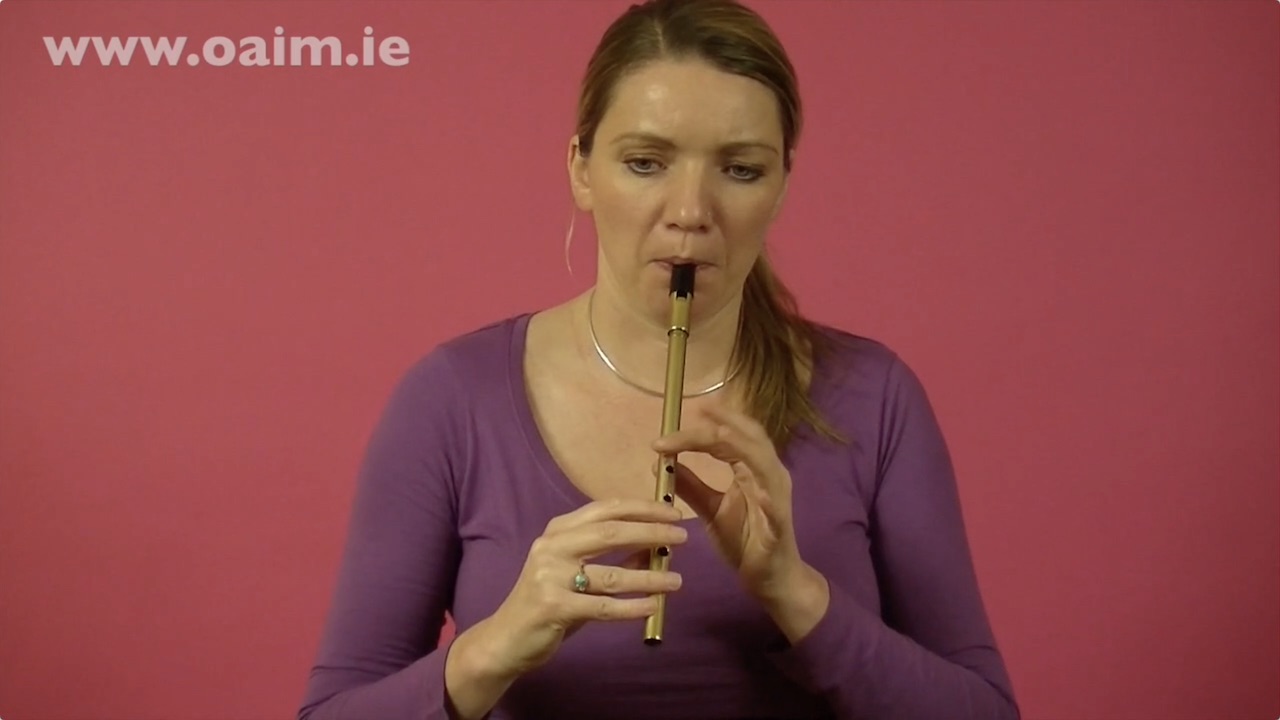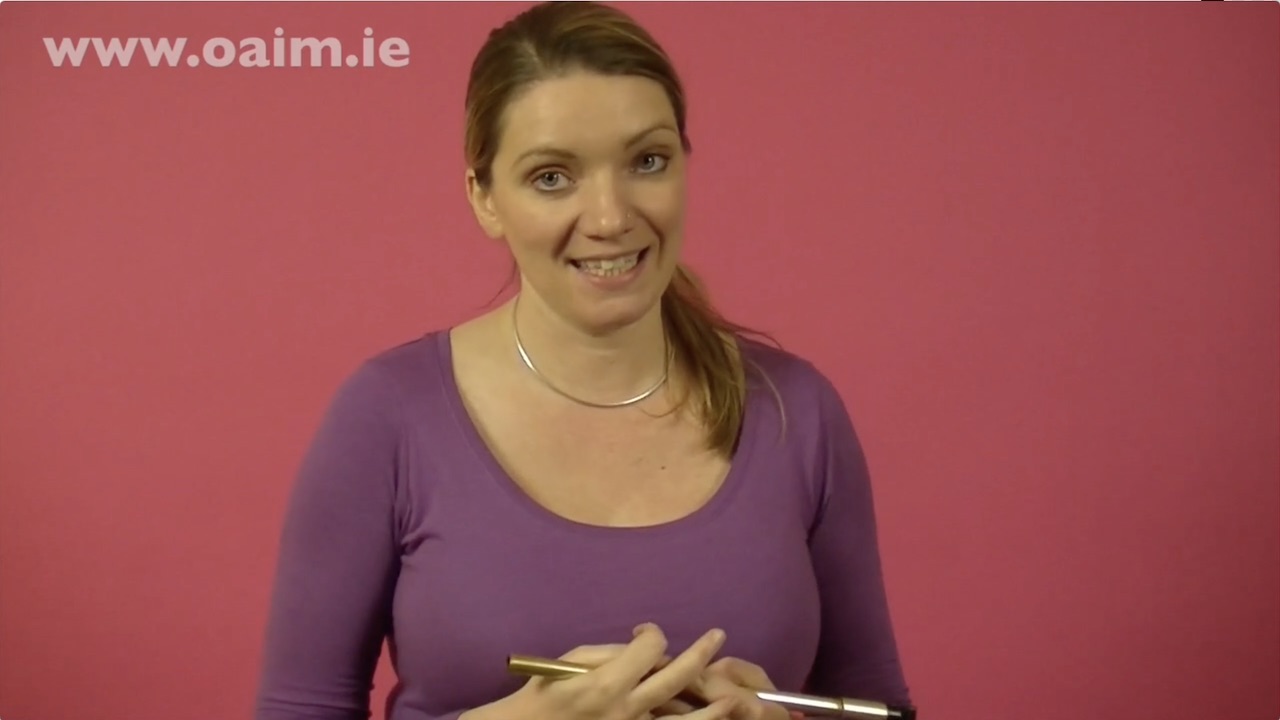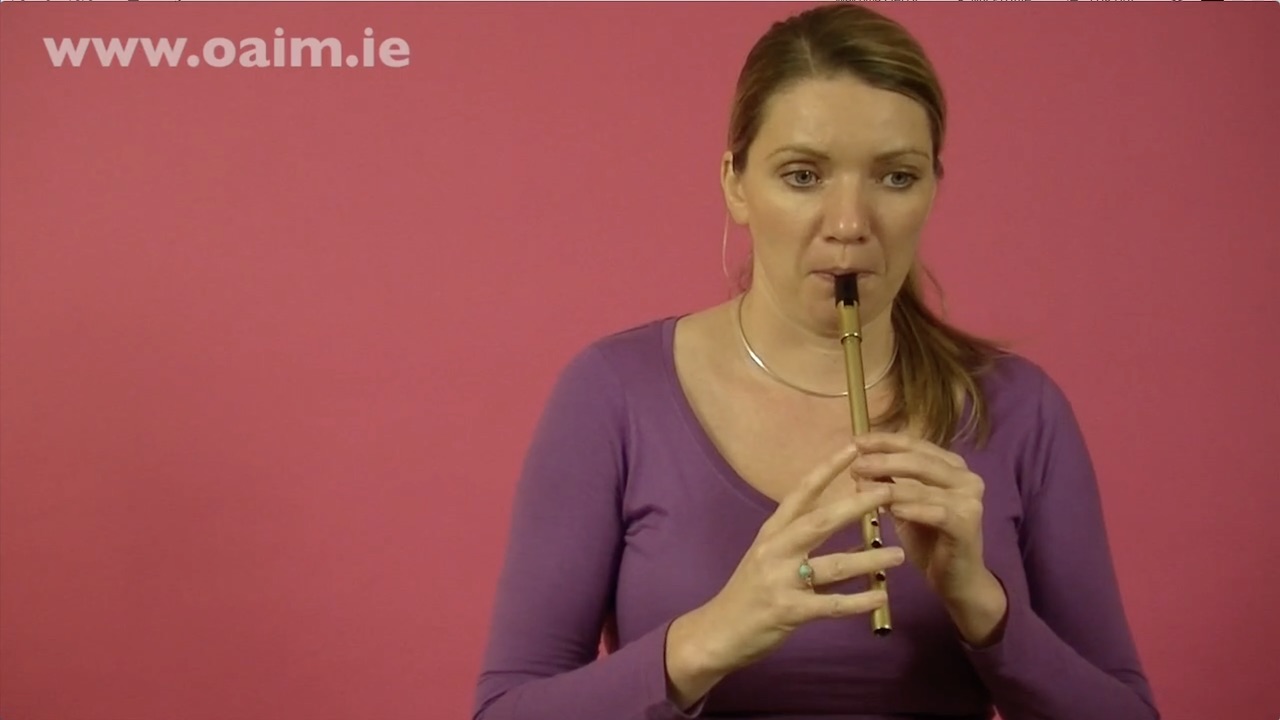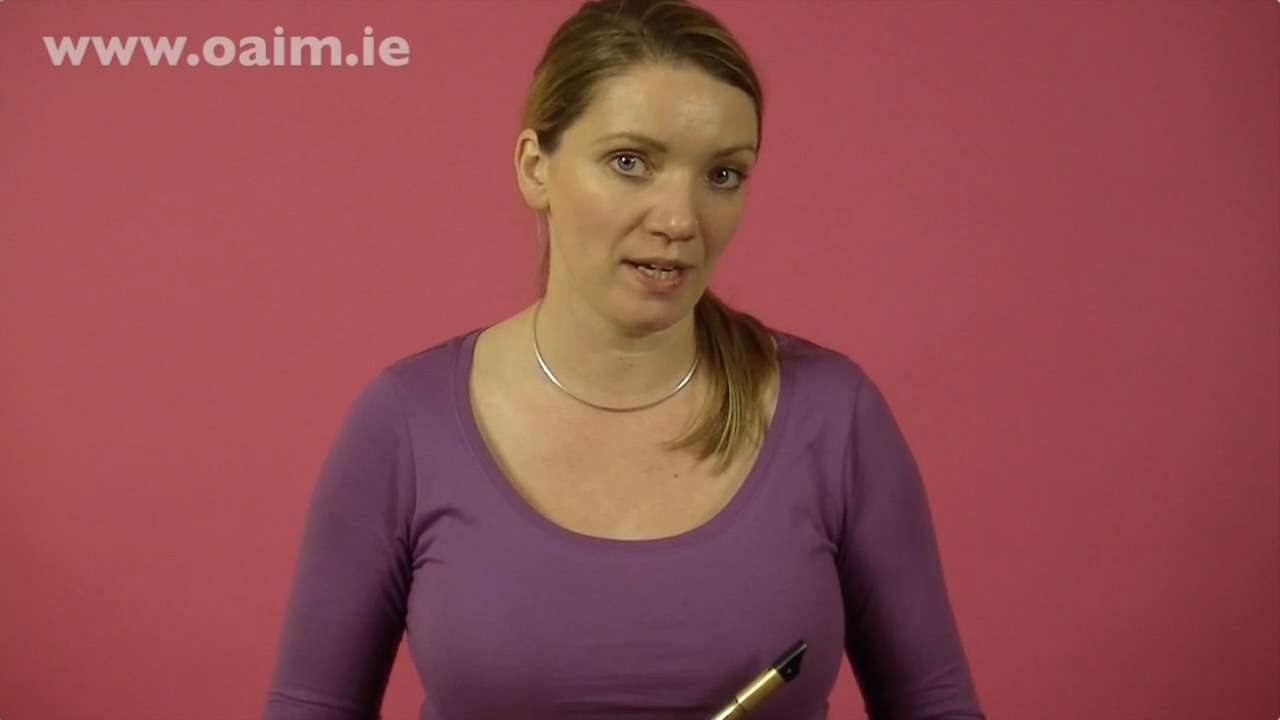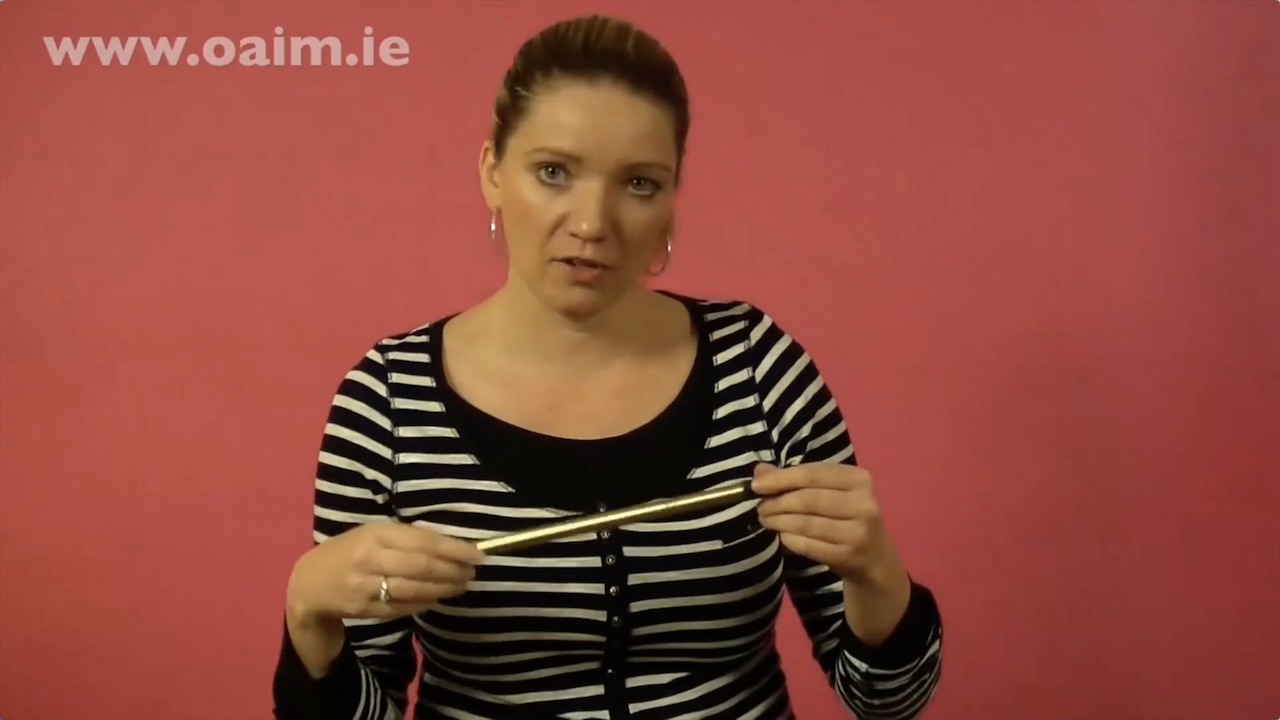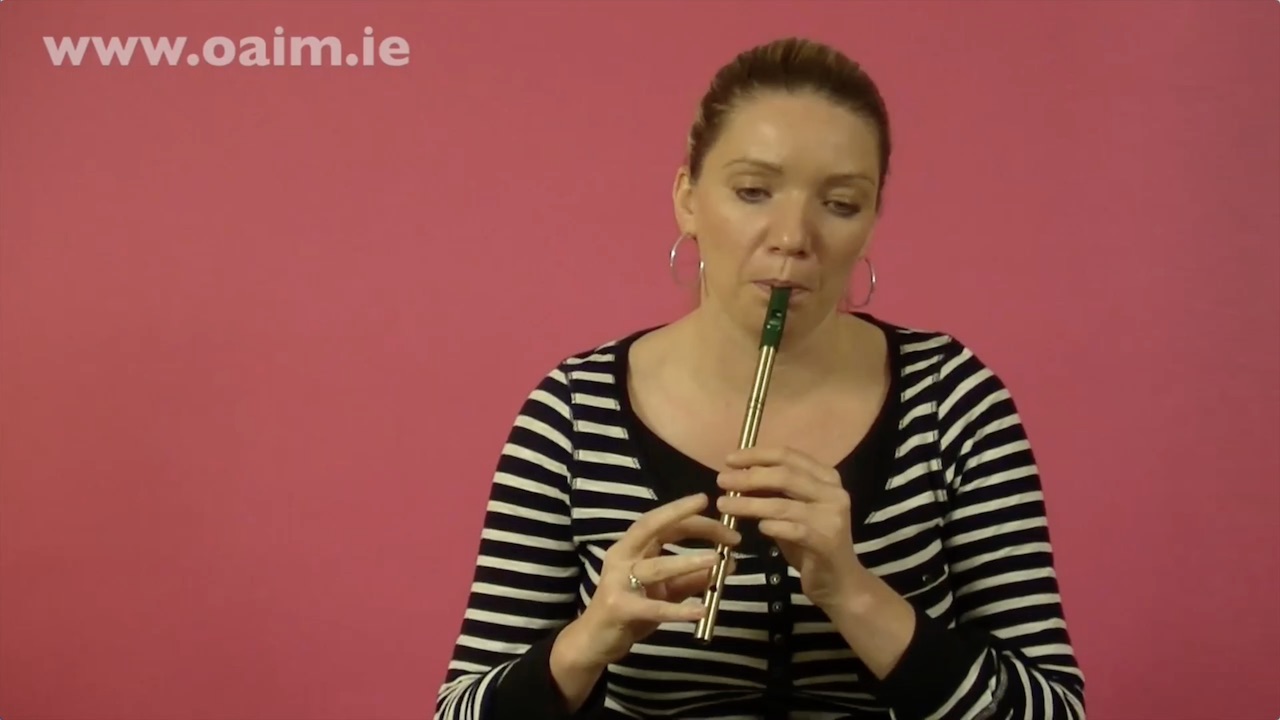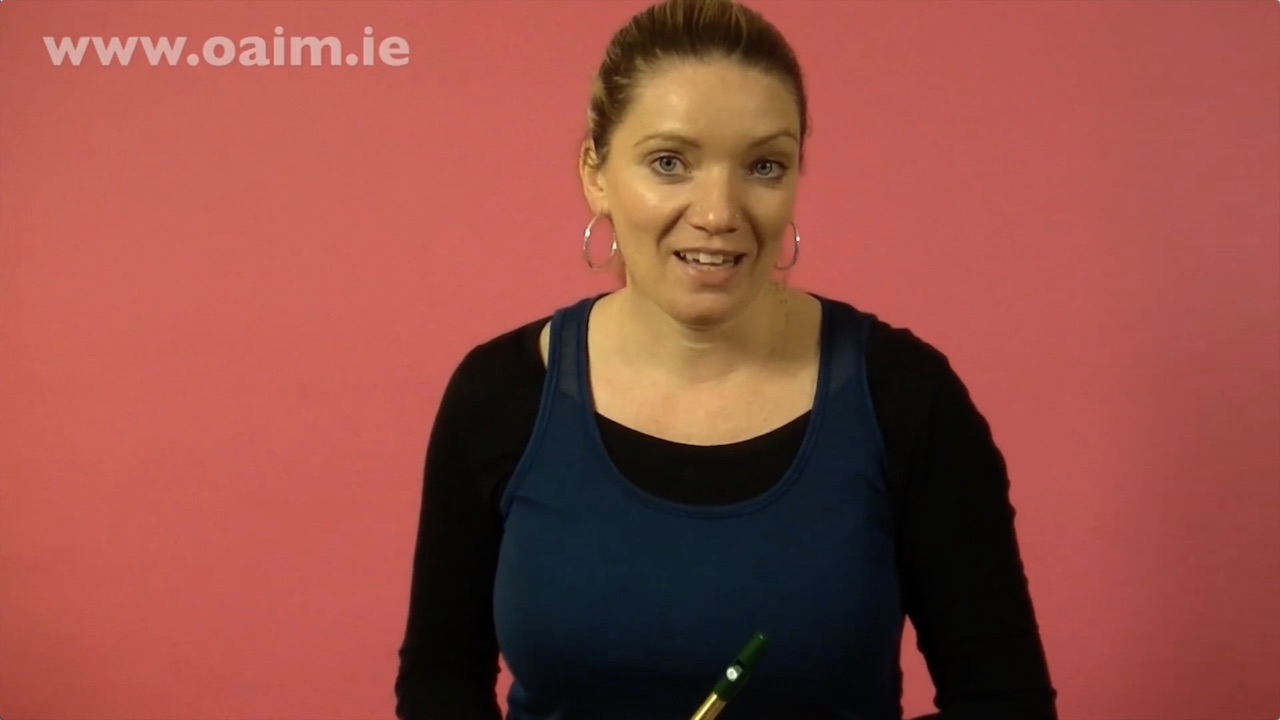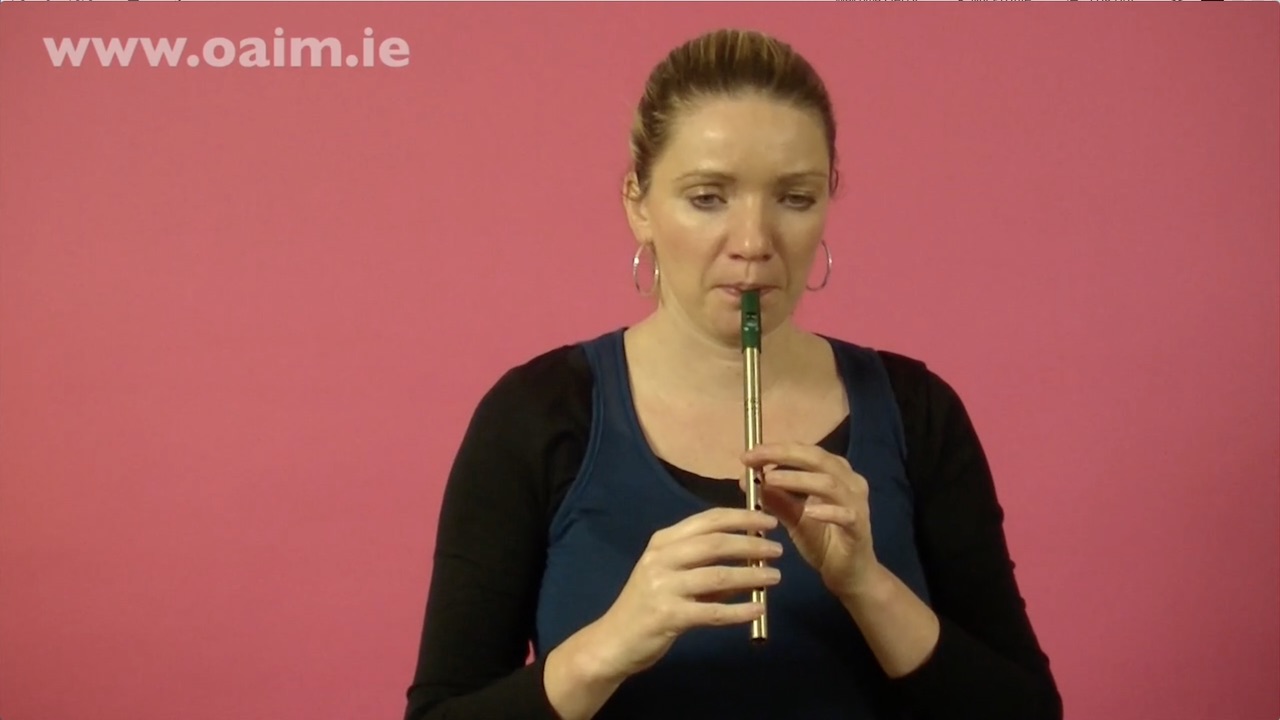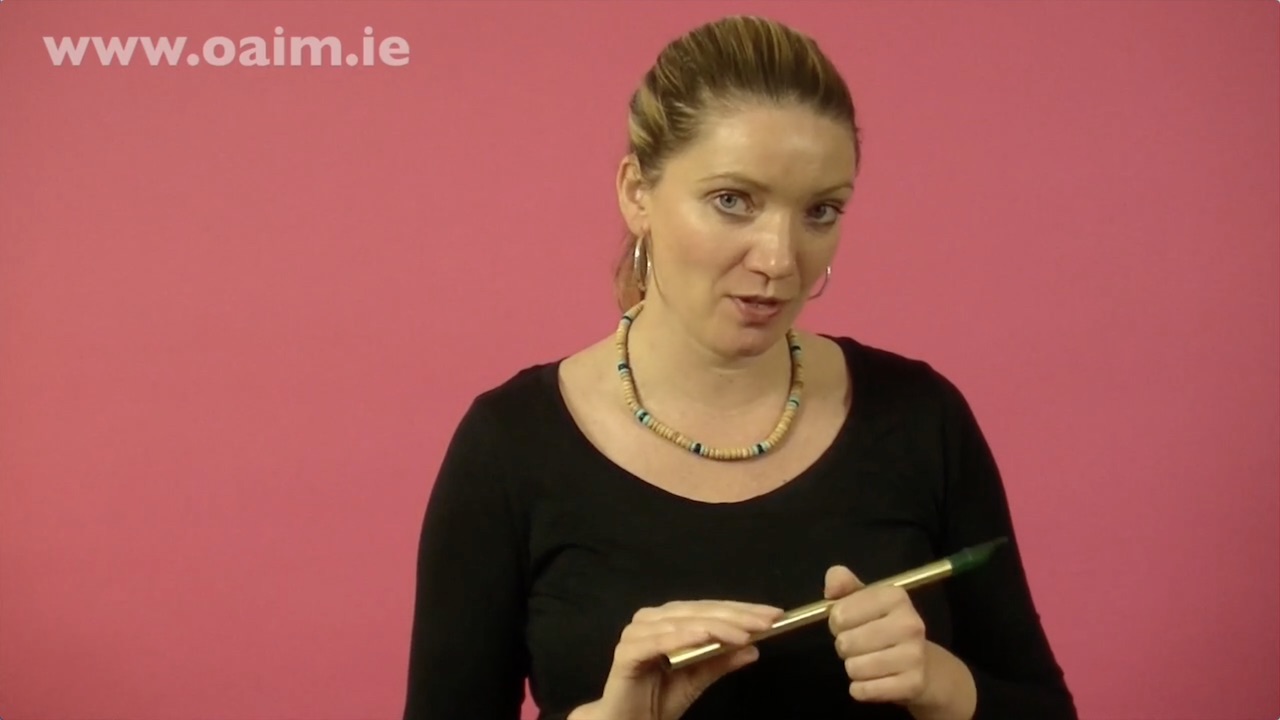Learn How to Play the Cut, Tap, Roll and Slide on the Tin Whistle
Tin Whistle Ornamentation features strongly in this course, Tin Whistle Foundations, which is a continuation from the Tin Whistle Basics course (which you are recommended to have completed if you are new to the tin whistle). This course explores simple tin whistle ornamentation, also known as embellishments, such as the cut, tap, roll and slide. Emphasis is placed on breathing, phrasing, variation and rhythm throughout the thirteen tunes taught. Jigs, Slides, Reels, Hornpipes, Barndances and an O’Carolan composition are all featured. Each tune is taught slowly, phrase by phrase – the traditional way of learning by ear. The sheet notation and mp3 files for each tune are included as a learning supplement for the tutorials.
Tin Whistle Ornamentation – Full List and Description of the Different Types
Ornaments, or embellishments, in traditional Irish music refer to changes in how a note is played or articulated. Basically, you could say it’s what you add to the melody to jazz it up by tinkering with the notes. The tinkered notes are often called ‘grace notes’. The recommendation is always to master the basics of the whistle first before even considering introducing ornamentation.
Cuts
Cuts are played by very briefly lifting the finger that’s above the note being played. For example, if playing the scale of D major you can cut the first note of D with the next note up, E. This has the effect of shifting the pitch upward for that brief moment. It’s important to remember here that you’re not sounding the full upper note, it’s just a brief interjection or hit. That’s why it’s called a cut, you’re cutting into the higher pitch very quickly. You can play a cut either at the start of a note or after the note has begun to sound.
Taps
Taps, or strikes, are like the opposite to cuts where the note below the current note is briefly introduced. For example, if you are playing the scale of D major and you play the note E, you can tap to the lower note of D by simply quickly covering (tapping) the bottom hole of the whistle. Again, like with the cuts, you are not creating a separate note but you are creating a little wobble in the note being embellished that shouldn’t be perceptible to the listener as a new note. If it is perceptible you haven’t mastered the art yet.
Rolls
Putting the cut and tap together you get what’s called a roll. A roll can also be considered as a group of notes of the same pitch and length but with different articulations. You can have a long roll and a short roll. The long roll is a group of 3 notes (really they are three variations of the one note being ornamented): first the note is played as normal, then a cut is added to the note and it is then finished with a tap. The short roll is simply a cut followed by a tap.
Cranns (or crans)
On the tin whistle, cranns are generally only used for notes where a roll is impossible, for example, the lowest note on the whistle. Cranns are actually embellishments from the Uilleann piping, Irish bagpipes, tradition. Only cuts are used creating a crann, not taps.
Slides
A slide is like a slower version of a cut and tap which is meant to be perceived by the listener.
Vibrato
Vibrato is achieved by quickly opening and closing one of the open holes normally two holes below the note being played, because of this it is only possible for some notes.
Bounces
Bounces are a way of adding some style to the transition between different notes. An analogy would be like the difference between walking and skipping. Sometimes they are referred to as double-taps. As with all ornaments, descriptions fall short of hearing and seeing them in action. Master players develop their own unique ornaments, which is then heard as their own style of playing. So while it’s nice to learn what’s possible, the goal ultimately is to develop your own original style.
In Tin Whistle Foundations, Kirsten covers cuts, taps, rolls and slides. If you’re ready for more advanced tin whistle ornamentation techniques head on over to Thomas Johnston’s Expert Whistle Skills #1.
Try it for free, Cancel anytime
- 18 lessons teaching how to play 13 very popular Irish tunes
- PDF sheet music & mp3’s to download & keep for each tune
- Progress at your own pace, pause & repeat videos
- Access to 14 instruments, 60+ courses, 1000+ tutorials
- Access on all your devices
- 14-day free trial. Cancel anytime
BONUS!

- Access our Entire Course Catalogue for Every Instrument
- Library of over 150 popular Irish tunes to practice along with
- Virtual Reality Sessions for the unique Irish Pub Session experience – a real treat for the Irish music lover
- Community Forum of students and teachers, all friends with a love of Irish music
